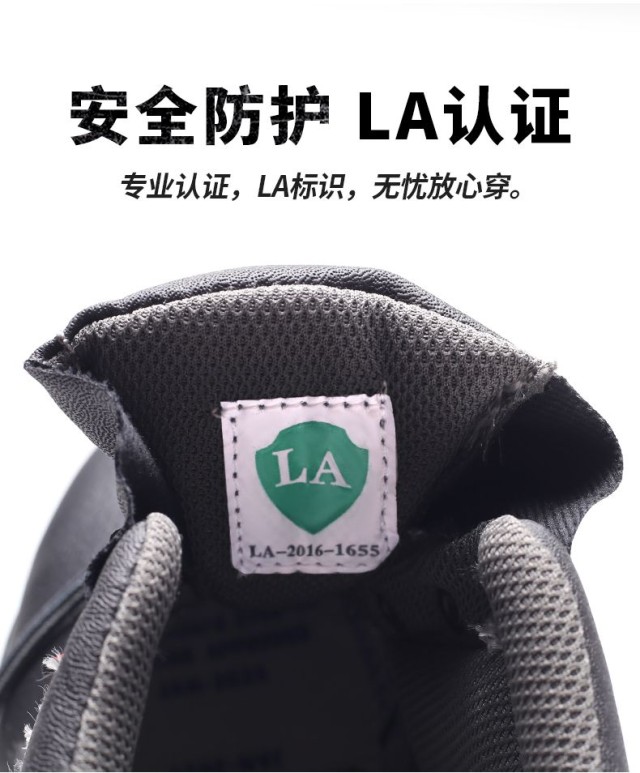Every year, workplace foot injuries account for a significant percentage of occupational hazards—many of which could be prevented with properly certified safety footwear. Understanding key certifications like ASTM F2413 and ISO 20345 isn’t just about compliance; it’s about choosing boots engineered to stop injuries before they happen.
Essential Safety Certifications for Work Boots
ASTM F2413 vs. ISO 20345: Decoding Impact Resistance Standards
Both ASTM F2413 (U.S. standard) and ISO 20345 (European standard) evaluate toe protection and impact resistance, but their testing methodologies differ. ASTM F2413 tests boots by dropping a weight from a set height to simulate crushing forces, while ISO 20345 uses a compression test with gradual pressure.
- ASTM F2413: Requires boots to withstand impacts up to 75 ft-lbs and compression loads of 2,500 lbs.
- ISO 20345: Mandates a toe cap that resists 200 joules of energy (equivalent to a 20 kg weight dropped from 1 meter).
Why it matters: Construction workers facing falling tools need ASTM’s abrupt-impact protection, while manufacturing personnel may prioritize ISO’s sustained-pressure resistance.
Electrical Hazard Ratings and Workplace Scenarios
EH-rated boots (per ASTM F2413) incorporate non-conductive materials to prevent electrical currents from grounding through the wearer. These are critical for:
- Utility workers handling live wires
- Telecom technicians near power lines
Research shows EH-rated footwear reduces electrical injury risks by over 60% in high-voltage environments.
Selecting Boots for Your Industry
Construction: Compression Protection and Rebar Penetration
Construction boots must address two key hazards:
- Compression injuries: Steel or composite toes (ASTM-rated) protect against heavy falling objects.
- Puncture risks: ASTM-compliant soles resist penetration from nails or rebar, with some boots enduring forces exceeding 250 lbs.
Pro Tip: Look for boots with metatarsal guards if handling materials like steel beams.
Oil & Gas: Slip Resistance and Chemical Splash Defense
Oil rigs demand boots that combine:
- SRC slip resistance (per ISO 20345) for wet/oily surfaces
- Chemical-resistant uppers to prevent acid or solvent burns
A study of offshore workers found slip-resistant soles reduced fall-related injuries by nearly half.
Verifying and Maintaining Certification Compliance
Interpreting Safety Labels and Expiration Dates
Safety certifications aren’t indefinite. Boots degrade with wear, compromising protection. Key checks:
- Label clarity: ASTM/ISO markings should be legible.
- Sole integrity: Replace boots if soles show cracks or excessive wear.
Did you know? Boots lose up to 30% of their impact resistance after 6–12 months of daily use.
Upgrade Your Safety with 3515’s Certified Work Boots
Whether you’re a distributor supplying construction crews or a brand owner equipping oilfield teams, 3515’s certified footwear combines rigorous testing with industry-specific designs. Protect your workforce with boots built to meet—and exceed—global safety standards.
Related Products
- Athletic Safety Shoes with Dial Closure & Steel Toe for Wholesale & Custom Manufacturing
- Wholesale Mesh Steel Toe Safety Shoes with Dial Closure Factory Production
- Wholesale Customizable Suede Safety Boots - Puncture-Proof with Velcro Closure
- Wholesale Durable Breathable Safety Boots Custom OEM Manufacturer
- Durable Leather Moc Toe Work Boots for Wholesale & Custom Manufacturing
Related Articles
- How Steel Toe Boots Deliver Financial and Safety Returns in High-Risk Workplaces
- Matching Men’s Work Shoe Safety Technologies to Workplace Hazards
- How to Choose Safety Footwear That Solves Steel Toe Shoe Problems Without Sacrificing Protection
- How Steel Toe Shoes Prevent Injuries: The Science Behind Workplace Safety
- How Steel Toe Shoes Meet Safety Standards and Prevent Workplace Injuries



















